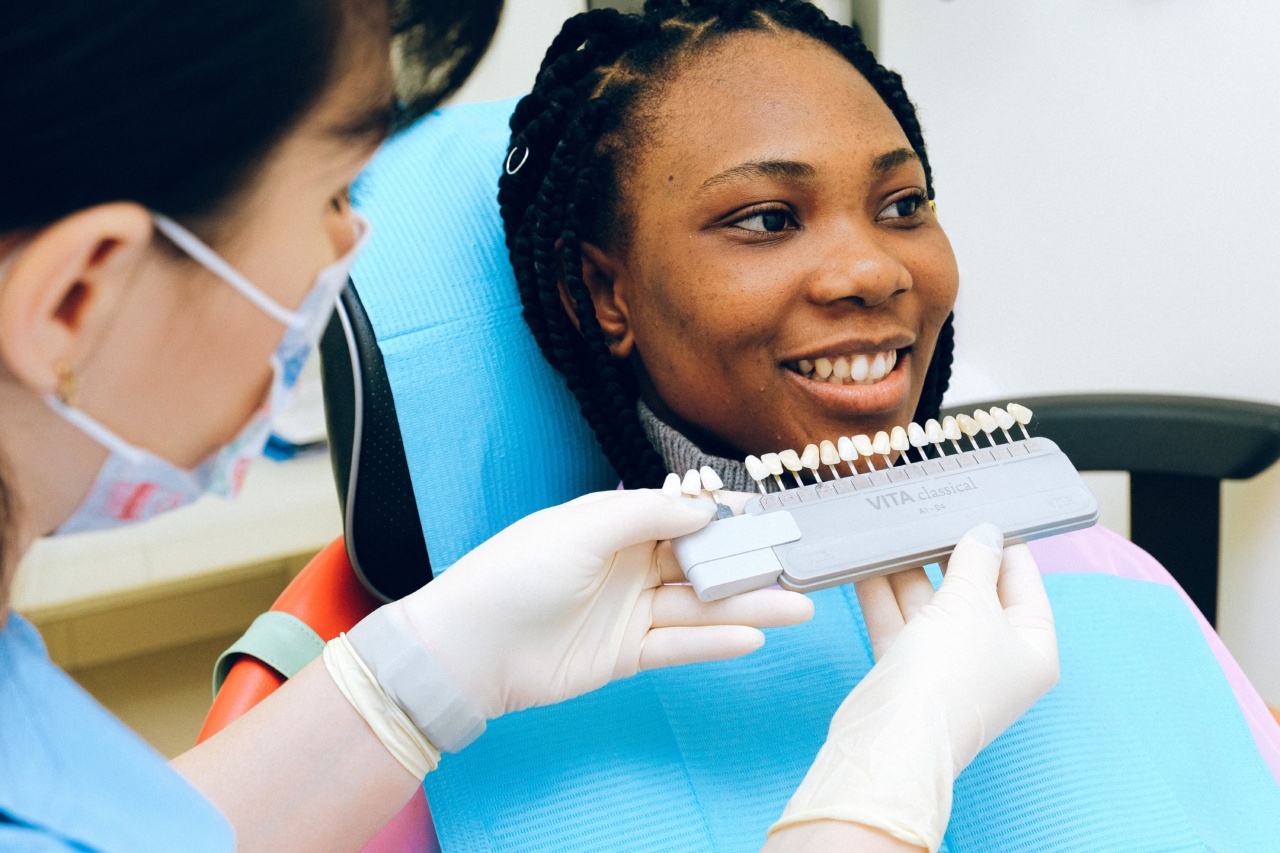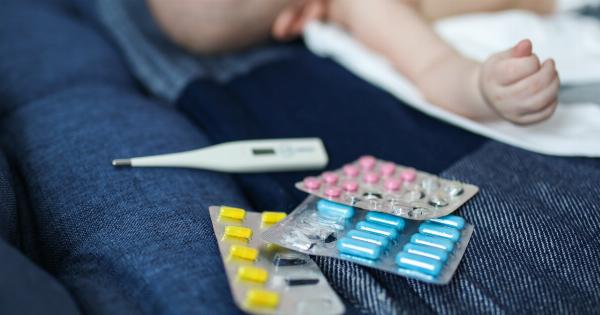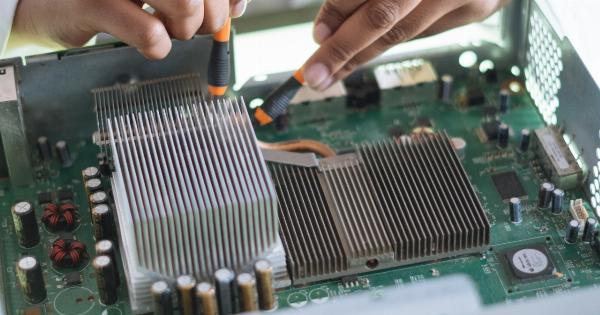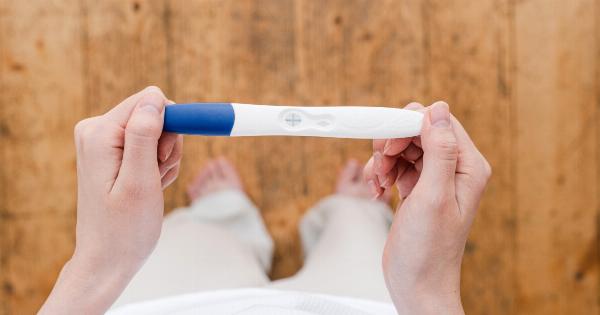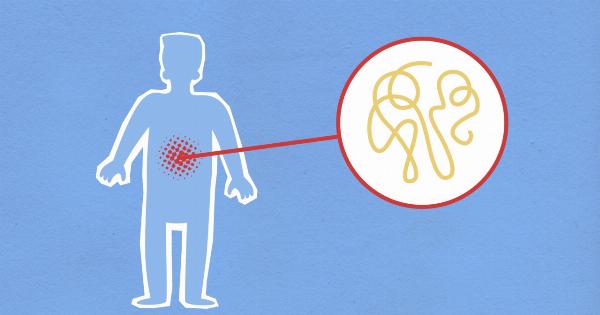In recent years, advancements in medical technology have revolutionized the field of reproductive medicine.
One such breakthrough is Pre-Implantation Genetic Diagnosis (PGD), a technique that allows for the selection and transfer of healthy embryos during in vitro fertilization (IVF). This procedure has opened new doors for couples who carry genetic disorders or are at risk of passing on certain genetic conditions to their children.
In this article, we will explore the wonders of Pre-Implantation Genetic Diagnosis and shed light on its implications, benefits, controversies, and future prospects.
Understanding Pre-Implantation Genetic Diagnosis
Pre-Implantation Genetic Diagnosis is a specialized technique used during IVF to screen embryos for specific genetic abnormalities before they are implanted into the uterus.
The procedure involves the extraction of one or a few cells from the embryo during the blastocyst stage (around five to six days after fertilization). These cells are then carefully analyzed for genetic disorders, chromosomal aberrations, or specific gene mutations.
How Does Pre-Implantation Genetic Diagnosis Work?
The process of Pre-Implantation Genetic Diagnosis involves several steps:.
1. Ovarian Stimulation
In the first stage of IVF, the woman undergoes ovarian stimulation to produce multiple eggs. This is achieved through hormonal medications that stimulate the ovaries, resulting in the development of multiple follicles.
2. Egg Retrieval
Once the follicles reach an appropriate size, the eggs are retrieved through a minor surgical procedure called transvaginal ultrasound-guided oocyte aspiration. This is usually done under sedation or anesthesia to ensure comfort.
3. Fertilization
The retrieved eggs are then fertilized with sperm either through conventional IVF or through Intracytoplasmic Sperm Injection (ICSI), where a single sperm is injected directly into each egg.
This allows for better control and increased chances of successful fertilization.
4. Embryo Development
The fertilized eggs are monitored closely in a laboratory for several days to allow them to develop into embryos. By the fifth or sixth day, the embryos reach the blastocyst stage, where they consist of about 100-150 cells.
5. Embryo Biopsy
During the blastocyst stage, a small number of cells (usually 5-10) are carefully removed from each embryo through a process called embryo biopsy. The remaining cells continue to grow undisturbed.
6. Genetic Analysis
The extracted cells from each embryo undergo a comprehensive genetic analysis to determine if any genetic abnormalities or mutations are present.
This analysis can include techniques like Polymerase Chain Reaction (PCR), fluorescence in situ hybridization (FISH), or comparative genomic hybridization (CGH).
7. Embryo Selection and Transfer
Based on the results of the genetic analysis, healthy embryos without any identified genetic disorders or abnormalities are selected for transfer.
The selected embryos are carefully placed into the uterus through a thin catheter, aiming for implantation and subsequent pregnancy.
The Benefits of Pre-Implantation Genetic Diagnosis
Pre-Implantation Genetic Diagnosis offers significant advantages for couples who are at risk of passing on genetic disorders to their children:.
1. Minimizing the Risk of Genetic Disorders
By selecting and transferring only healthy embryos, PGD greatly reduces the chance of passing on genetic disorders to offspring.
Couples with a family history of conditions such as cystic fibrosis, sickle cell anemia, muscular dystrophy, or Huntington’s disease can avoid the transmission of these disorders.
2. Increasing Pregnancy Success Rates
PGD allows for the transfer of only the most viable and genetically healthy embryos, increasing the chances of a successful pregnancy and live birth.
By eliminating embryos with chromosomal abnormalities or gene mutations, the procedure improves the overall success rate of IVF.
3. Reducing Emotional and Financial Burden
For couples who have experienced repeated IVF failure or miscarriages due to genetic disorders, PGD offers hope and relief. It can spare them from the emotional and financial burden of unsuccessful attempts and the agony of losing a pregnancy.
Controversies Surrounding Pre-Implantation Genetic Diagnosis
While Pre-Implantation Genetic Diagnosis has immense potential, it is not without its controversies and ethical considerations. Some of the main concerns raised include:.
1. The Creation and Discarding of Embryos
During the PGD process, multiple embryos are often created, but only a few are selected for transfer. This raises ethical concerns about the fate of the unused embryos.
Some argue that these embryos should be given the opportunity to develop and implant, while others believe that it is acceptable to discard them.
2. The Risk of Misdiagnosis
There is a small, inherent risk of misdiagnosis during the genetic analysis process. Errors in identifying genetic disorders or screening for specific mutations may lead to the transfer of embryos carrying undetected conditions.
This possibility worries critics who fear the consequences of such mistakes.
3. The Selection of Non-Disease Traits
Although primarily used for identifying and eliminating genetic disorders, PGD can also potentially be used for non-disease traits.
This raises concerns about the societal implications of allowing parents to choose desirable characteristics in their children, such as eye color, height, or intelligence.
The Future of Pre-Implantation Genetic Diagnosis
As technology continues to advance, so does the potential of Pre-Implantation Genetic Diagnosis. Researchers are constantly exploring novel methods and refining existing techniques:.
1. Next-Generation Sequencing (NGS)
NGS is an advanced genetic testing technique that allows for the simultaneous screening of multiple genes or larger segments of the genome. It offers greater accuracy, faster results, and the potential to detect a wider range of genetic disorders.
2. Non-Invasive Prenatal Testing (NIPT)
NIPT is a form of genetic testing that allows for the detection of certain chromosomal abnormalities in a fetus by analyzing cell-free DNA fragments from the mother’s blood.
In the future, this technique may be integrated with PGD to further enhance embryo screening and reduce the need for invasive procedures.
3. Gene Editing Technologies
Advancements in gene editing technologies, such as CRISPR-Cas9, hold promise for correcting gene mutations in embryos. This could potentially eliminate the need for selecting and discarding embryos or treating genetic disorders later in life.
Conclusion
Pre-Implantation Genetic Diagnosis is a remarkable technology that has paved the way for safer and more successful IVF procedures.
It offers hope to couples at risk of passing on genetic disorders and has the potential to prevent the birth of children affected by debilitating conditions. As research and technology progress, the future of PGD holds even greater promise for improving the lives of individuals and families affected by genetic disorders.
